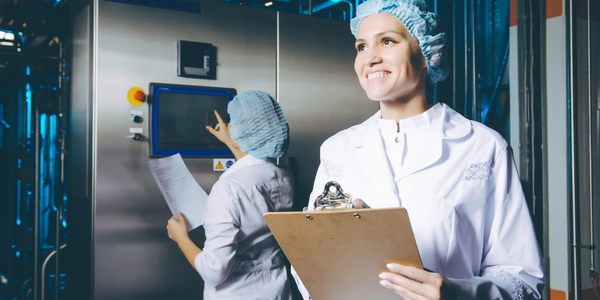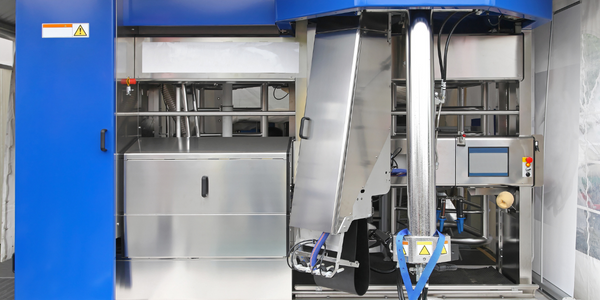Customer Company Size
Large Corporate
Region
- America
Country
- United States
Product
- John Deere Industrial Combines
- John Deere Tractors
- Lightbend Platform
- Precision Ag Service
Tech Stack
- Sensor Data Analytics
- Weather Data Integration
- Data Collection Platforms
Implementation Scale
- Enterprise-wide Deployment
Impact Metrics
- Productivity Improvements
- Cost Savings
- Customer Satisfaction
Technology Category
- Analytics & Modeling - Predictive Analytics
- Sensors - Environmental Sensors
Applicable Industries
- Agriculture
Applicable Functions
- Process Manufacturing
Use Cases
- Farm Monitoring & Precision Farming
- Asset Health Management (AHM)
- Predictive Maintenance
Services
- Data Science Services
- System Integration
About The Customer
John Deere, a world leader in providing advanced products, technology, and services, is renowned for revolutionizing agriculture and construction. The company caters to customers who cultivate, harvest, transform, enrich, and build upon the land to meet the world's increasing need for food, fuel, shelter, and infrastructure. John Deere's industrial equipment, such as combines and tractors, is equipped with advanced technology and sensors to optimize agricultural processes. The company is committed to delivering increased return on investment to its customers by leveraging data analytics and precision agriculture techniques.
The Challenge
John Deere wanted to deliver increased return on investment to customers purchasing their large industrial equipment. The challenge was to make sense of the immense amount of data generated by the sensors embedded in their industrial combines and tractors. These sensors capture data on various operational aspects, including hydration, fertilizer, and pesticide levels, as well as the efficiency of machine operation. However, without proper analytics, this data holds no value for farmers in their decision-making process.
The Solution
To address the challenge, John Deere implemented the Lightbend platform for the collection and analysis of the vast amount of sensor data. This platform, combined with weather data and information from seed and fertilizer manufacturers, enables the optimization of equipment use. The integration of these data sources allows for more efficient crop yields, lower production costs, and increased margins. By applying analytics to the sensor data, John Deere helps farmers make informed decisions, ultimately maximizing returns and enhancing the value of their equipment.
Operational Impact

Case Study missing?
Start adding your own!
Register with your work email and create a new case study profile for your business.
Related Case Studies.
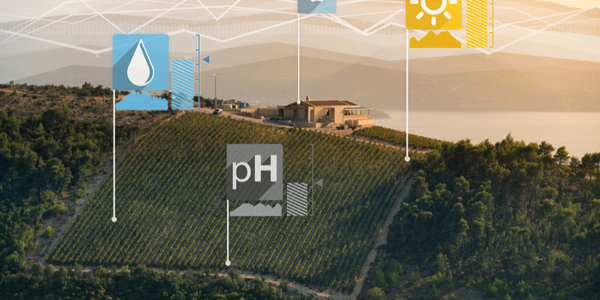
Case Study
Intelligent Farming with ThingWorx Analytics
Z Farms was facing three challenges: costly irrigation systems with water as a limited resource, narrow optimal ranges of soil moisture for growth with difficult maintenance and farm operators could not simply turn on irrigation systems like a faucet.
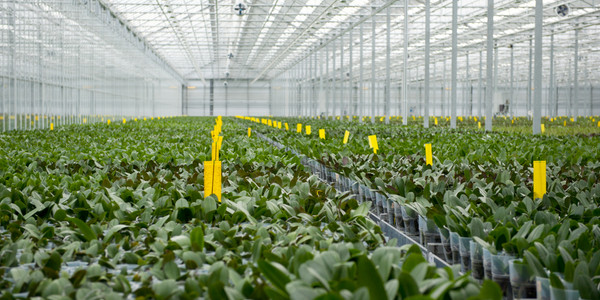
Case Study
Greenhouse Intelligent Monitoring and Control Solution
Farming Orchids is the most successful form of precision farming in Taiwan, and also the most exported flower. Orchids need a specific temperature and humidity conditions to grow and bloom, and its flowering time may not be in line with market demands, so the price collapses when there is overproduction. Therefore, some farmers began to import automated greenhouse control systems for breeding and forcing, which not only improves quality, but also effectively controls the production period and yield to ensure revenue. In 2012, an orchid farmer built a Forcing Greenhouse of about 200 pings (approximately 661 Square Meters) in Tainan, Taiwan. The system integrator adopted Advantech’s APAX-5000 series programmable automation controllers to build the control platform, coupled with Advantech WebAccess HMI/SCADA software, to achieve cloud monitoring. The staff of the orchid field can monitor important data anytime via smart phone, iPad, and other handheld devices, and control the growth and flowering conditions. System requirements: In the past, most environmental control systems of orchid greenhouses in Taiwan used PLCs (Programmable Logic Controller) with poorscalability and control, and could not be connected to the Internet formonitoring from the cloud. For advanced database analysis and networking capability, the PC platform must be adopted. Therefore, PAC Systems (Programmable Automation Controller) with both PLC programming capabilities andPC functions is a better choice.The environmental control of the Orchid greenhouse switches on and off devices like fan, shade net, cooling/heat pump, liquid flow control, water-cooling wall etc. It is controlled by a control panel of electric controllers, and is driven by a motor, to adjust the greenhouse temperature, humidity, and other environmental conditions to the set parameters.
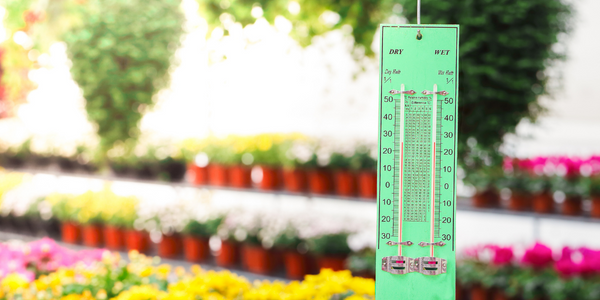
Case Study
Precision beekeeping with wireless temperature monitoring
Honeybees are insects of large economic value and provide a vital service to agriculture by pollinating a variety of crops. In addition, bees provide us with valuable products such as honey, beeswax, propolis, bee venom, etc. Monitoring of honeybee colony health, population, productivity, and environmental conditions affecting the colony health have always been exceedingly difficult tasks in apiculture. Research has shown that even small deviations (by more than 2°C) from the optimal temperatures have a significant influence on the development of the brood and the health of adult bees.
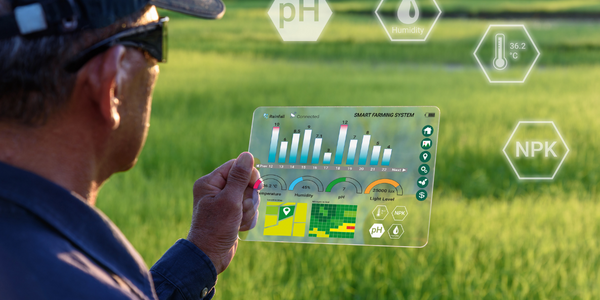
Case Study
Enabling Internet of Things Innovation in Agriculture
DigiBale, wanted to apply technology know-how and IP from implementations successfully to more agriculture sectors including cotton, forestry, sugarcane and cattle. However, farmers and growers still have worries about the connected technology.







